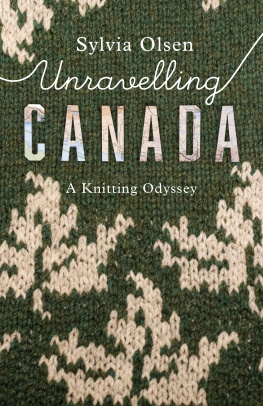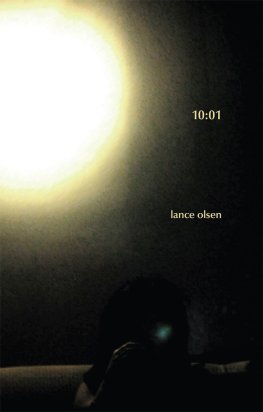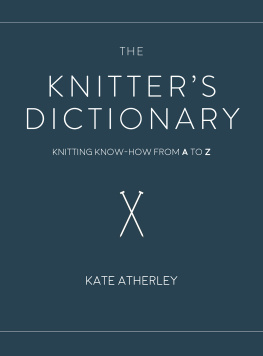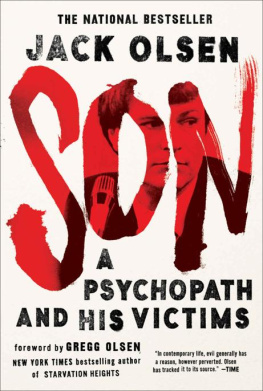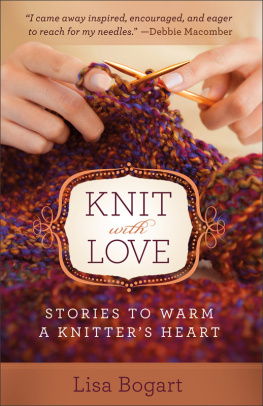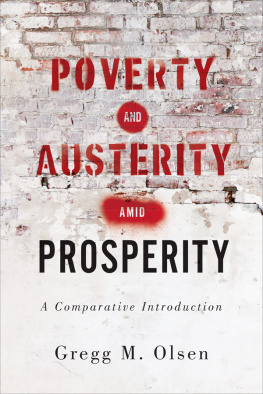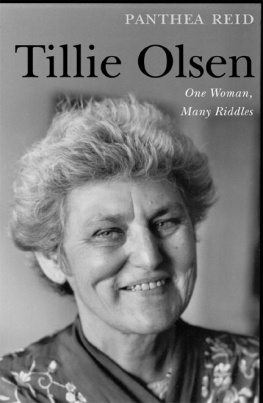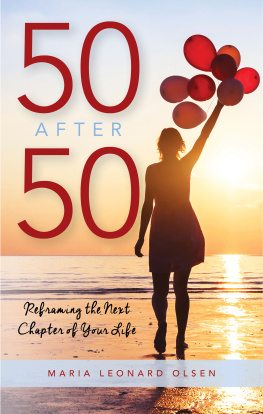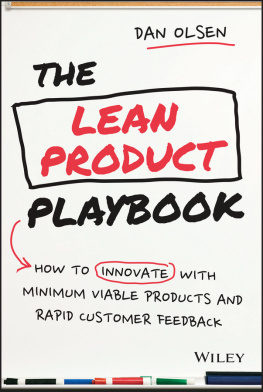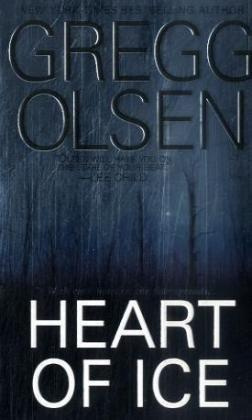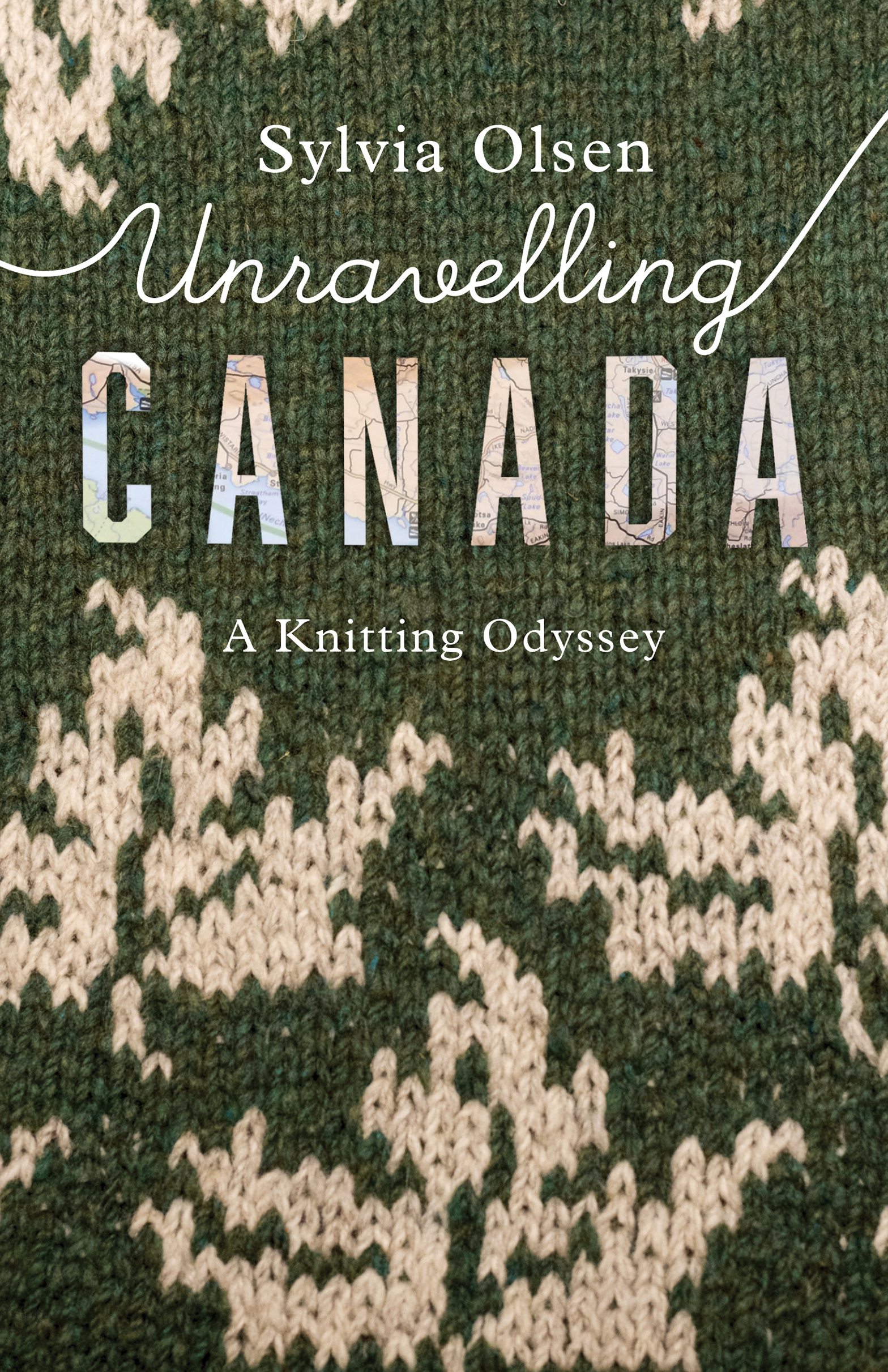Unravelling Canada
Sylvia Olsen
Unravelling
Canada
A Knitting Odyssey


To the handworkers who make beauty, and with their stories infuse their creations with meaning and our lives with love and humanity.

Copyright 2021 Sylvia Olsen
All rights reserved. No part of this publication may be reproduced, stored in a retrieval system or transmitted, in any form or by any means, without prior permission of the publisher or, in the case of photocopying or other reprographic copying, a licence from Access Copyright, .
Douglas and McIntyre (2013) Ltd.
P.O. Box 219, Madeira Park, BC , V0N 2H0
www.douglas-mcintyre.com
Edited by Audrey McClellan, Barbara Pulling and Rebecca Pruitt MacKenney
Cover design by Anna Comfort OKeeffe
Text design by Shed Simas/Ona Design
Printed and bound in Canada
Printed on 100 % recycled paper



Douglas and M c Intyre acknowledges the support of the Canada Council for the Arts, the Government of Canada, and the Province of British Columbia through the BC Arts Council.
Library and Archives Canada Cataloguing in Publication
Title: Unravelling Canada : a knitting odyssey / Sylvia Olsen.
Names: Olsen, Sylvia, 1955- author.
Identifiers: Canadiana (print) 20200407392 | Canadiana (ebook) 20200407430 | ISBN 9781771622868 (softcover) | ISBN 9781771622875 ( EPUB )
Subjects: LCSH : KnittingCanada. | LCSH : KnittingSocial aspectsCanada. | LCSH : KnitwearCanada. | LCSH : KnitwearSocial aspectsCanada. | LCSH : Knitters (Persons)Canada. | CSH : Cowichan sweaters.
Classification: LCC TT 819. C 2 O 47 2021 | DDC 746.43/20971dc23
Contents
Introduction
The old Brother knitting machine grinds and thuds in protest as Joni, my oldest daughter, pushes it to its limit, feeding heavy raw wool between its slightly too-small needles. Shes busy making modern fashions using new machines, new yarns and wool working techniques passed down from her Coast Salish grandmothers. Shes creating unique shapes and fabrics to be transformed into bags, pillows, ponchos, skirts and scarfs.
Salish Fusion is our family wool business, located in Tsartlip First Nation (WJOEP), in the territory of the WSNE people, just north of Victoria, BC . In addition to machine knits, we create knitted things by hand, integrating patterns we love with designs we imagine. Yetsa, my granddaughter, manages our online sales, oversees the website and handles our marketing. The work we produce can also be found in museums, art galleries and craft shows.
Coast Salish woolworkers were innovators. In the early twentieth century they adopted new tools, new materials and new skills from European settlers. Drawing on their age-old talents and practices as blanket weavers and basket makers, they created a knitting method now known as the Cowichan sweater, the only home-grown knitting tradition in North America. At Salish Fusion, we follow this tradition of innovation and honour it to create something unique.
The place where ideas and imagination meet has always interested me. Im fascinated by the ways humans borrow, share and adapt tools and materials, applying our endless ingenuity, especially as it occurs in the field of handwork. The techniques of Fair Isle knitting from the Shetland Islands, Aran knitting from western Ireland and Guernsey knitting from the islands in the English Channel link and overlap with techniques from Lithuania, Norway and Iceland. That raises questions about how the bright colourwork from Peru, Mexico and Guatemala fits into the global knitting puzzle.
I find questions about whose traditions are whose, who started certain traditions, who owns them and who borrowed them to be deeply personal. Knitting questions lie at the juncture of my English/Scottish/European heritage and my Coast Salish life experiences. My own design work is a fusion, and I cannot unravel one aspect of my life from the other.
Shapes, textures and colour crowd my sleeping mind. When I wake up, I jot my ideas down in graph books or on slips of paper. Eventually I add them to the files on my laptop that Ive labelled Ideas, Patterns, Designs and Stories.
So far, my designs have been heavily influenced by the thirty-five or so years that I lived in Tsartlip First Nation. I married into the community when I was seventeen and began making wool and knitting soon after. My family ran a business called Mount Newton Indian Sweaters out of a shop behind our house from 1975 to 1991. I spent those years in daily contact with Coast Salish knitters. I bought and sold their knitting to local customers and to several wholesale clients in Banff and Vancouver. I inserted zippers into thousands of sweaters, for my business and for sweater merchants in Victoria and Duncan. I washed, mended, buttoned, pocketed, altered and did pretty much any task that could be performed on something knitted.
The knitters challenged and inspired me to understand knitting through its complexitydesign, function, economy, enjoyment, gruelling hard workand through the simplicity of its beauty.
My designs start with basic shapes that become blank canvases for bands of geometric designs. I am drawn to the symmetry of repetition and am fascinated by how simple symbols have permeated every human culture since we were drawing on the walls of our cave homes. I picture my designs first in undyed natural sheep shades, although colours are edging into my creations.
Over the years, when questions about design and knitting techniques made me think of distant places, my mind kept circling back home. What about Canada? What were Canadians knitting? Was there anything about Canadian knitting that was particularly Canadian? I wanted to know what Canadians were saying about knitting and what knitters were saying about Canada.
Maybe by exploring knitting in my own country Id find out something about my Canadian identity, I thought. Canada is a huge collection of regions that has been struggling to find an identity since the nineteenth century, when a group of European men stood around a table and decided there should be a federation. The idea of discovering Canadian identity through knitting sounded far-fetched even to me.
But as Albert Einstein said, if an idea does not seem absurd at first, there is no point in pursuing it. I have always been attracted to the places where questions pose a challenge, where the yarn is in a knot. And when I mentioned my idea to Diane Morriss, my publisher for Knitting Stories, she offered to organize a cross-country tour for the book. The more we talked, the less absurd the idea became.
I had more than a book tour in mind. I wanted to share my stories about living and working with Coast Salish knitters, but if I was going to search for Canadian identity, I needed to hear stories from other knitters too. The opportunity to conduct workshops across the country was also enticing. All the patterns in Knitting Stories contained colourwork, and I was interested in sharing the colourwork technique I usea technique I had dubbed Coast Salish colourwork because Coast Salish knitters used it almost exclusively, and I had acquired it through knitting with Coast Salish women for decades. I was naming something that had never been formally named, creating an identity for the over/under, never strand even two stitches technique, and attaching it to a certain group of Indigenous knitters.

